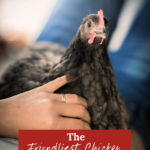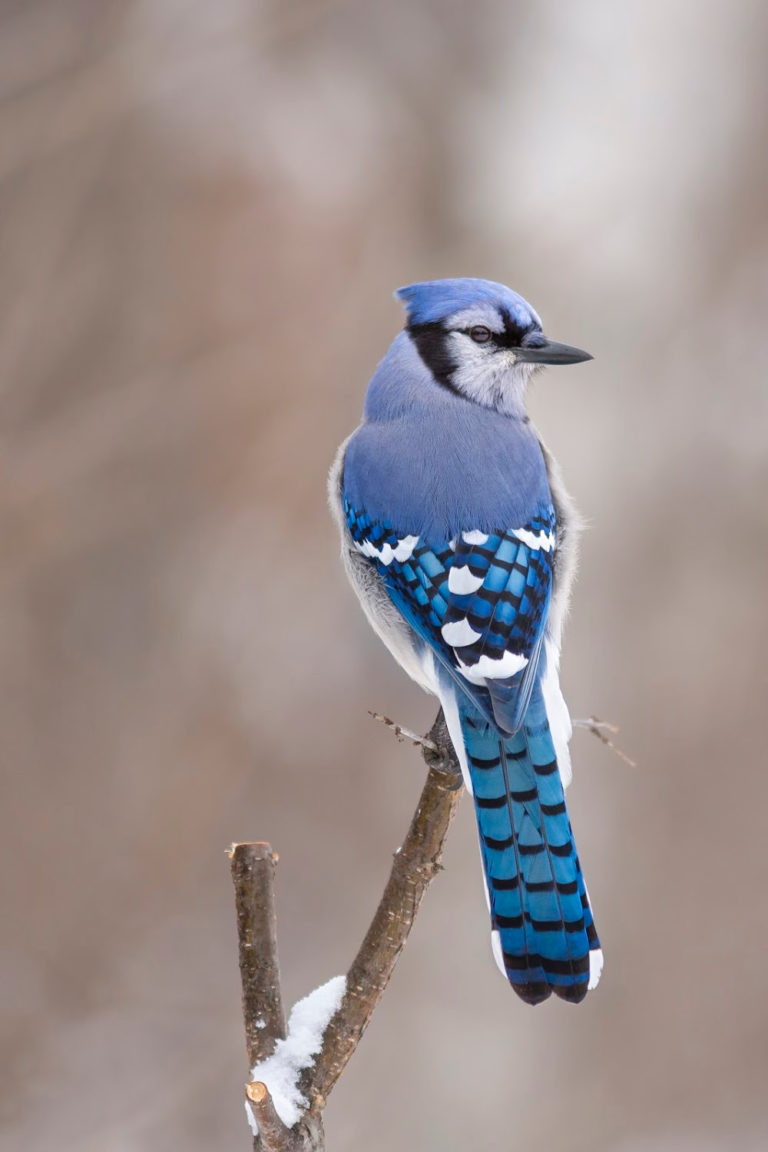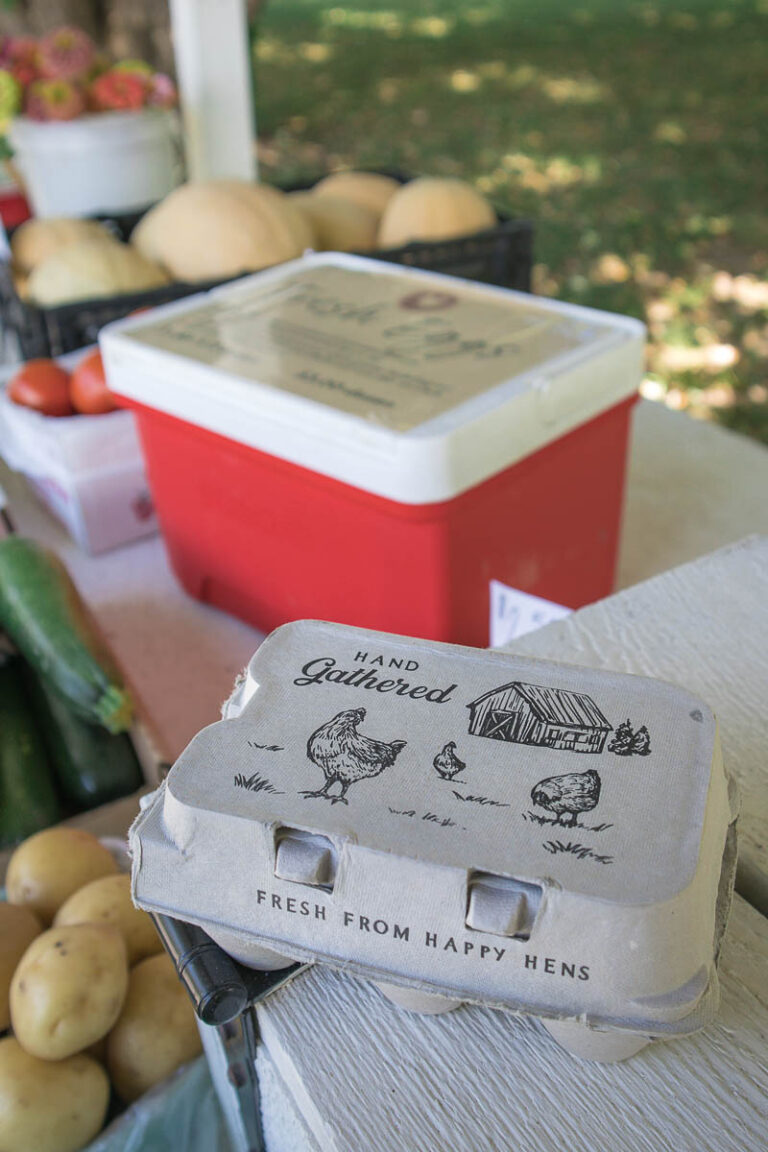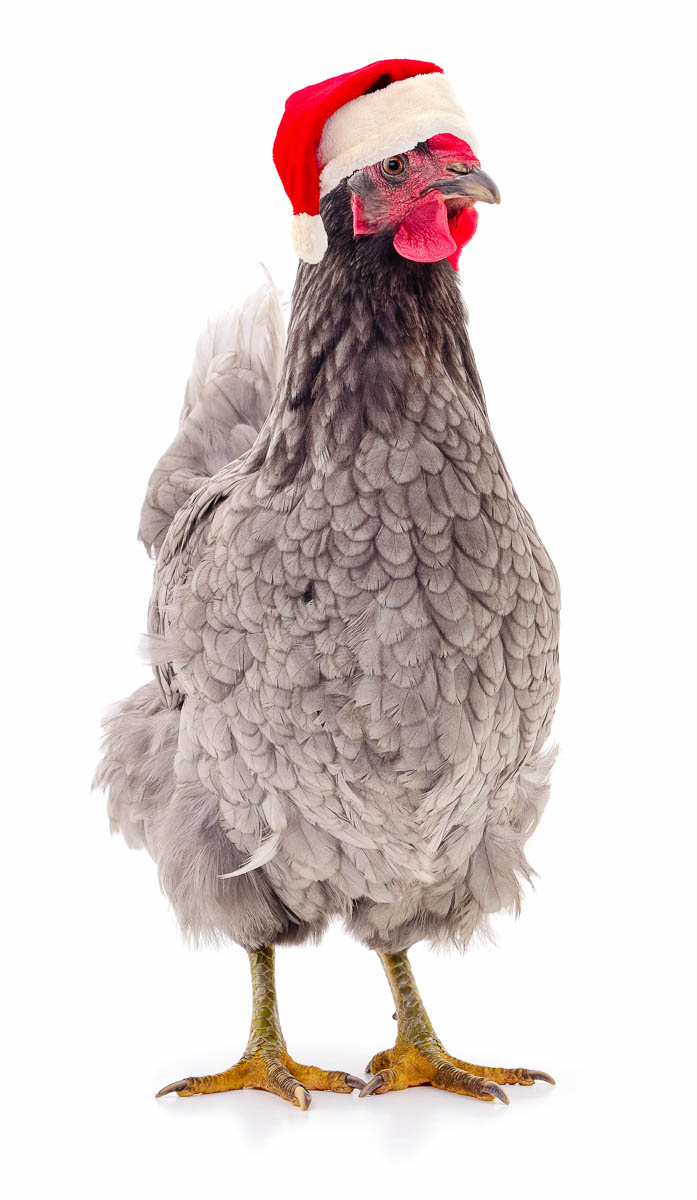The Best Docile Chicken Breeds For Your Backyard Flock
It is estimated there are 100’s of different breeds of chickens worldwide, with so many choices available it can feel like an overwhelming task to select birds that will be thrive in your backyard and be enjoyable to keep. Luckily, there are many great options for those looking to keep a calm, friendly flock in their backyard. My personal favorites for easygoing hens for families with children or anyone who wants a friendly flock are Buff Orpington, Australorps, Sussex, Cochins, Brahmas. These birds are known to be docile in temperament and enjoy human company. The calm temperament of the birds makes for a contented, well-behaved flock that is a joy to be around.
But many other breeds are also known for their friendliness. I’ve listed the most popular below!
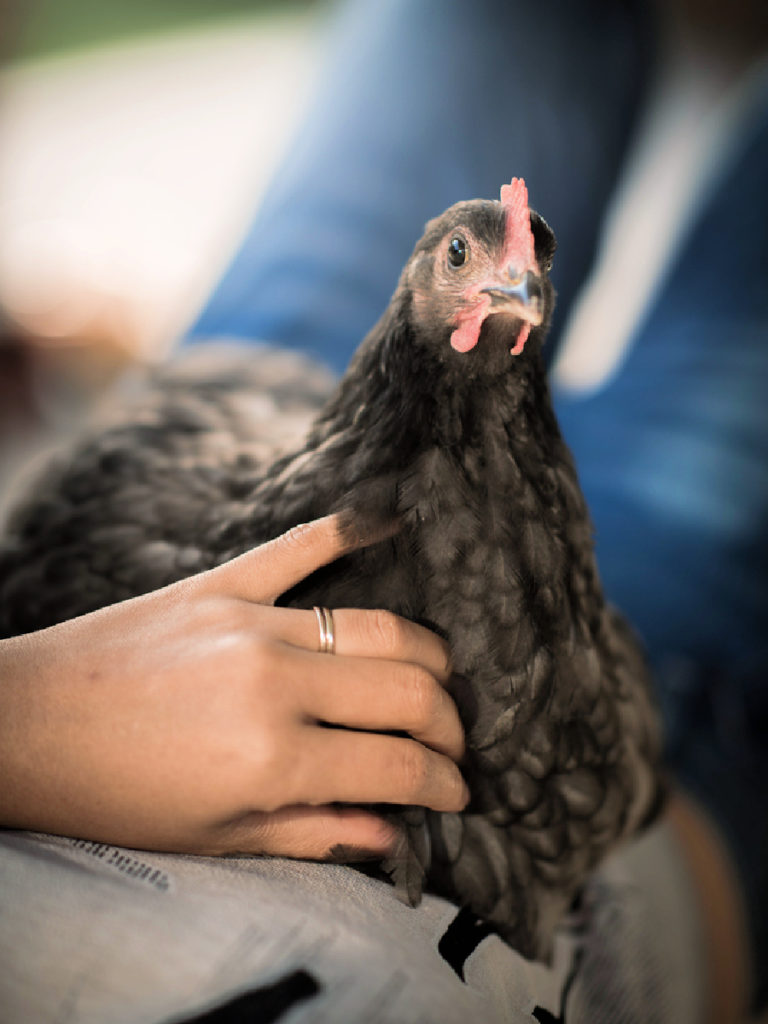
Table of Contents
Docile Chicken Breeds
There are plenty of great chicken breeds that would make fabulous additions to your backyard flock. For those looking for the most docile and friendly breeds, consider these top picks!
Buff Orpington
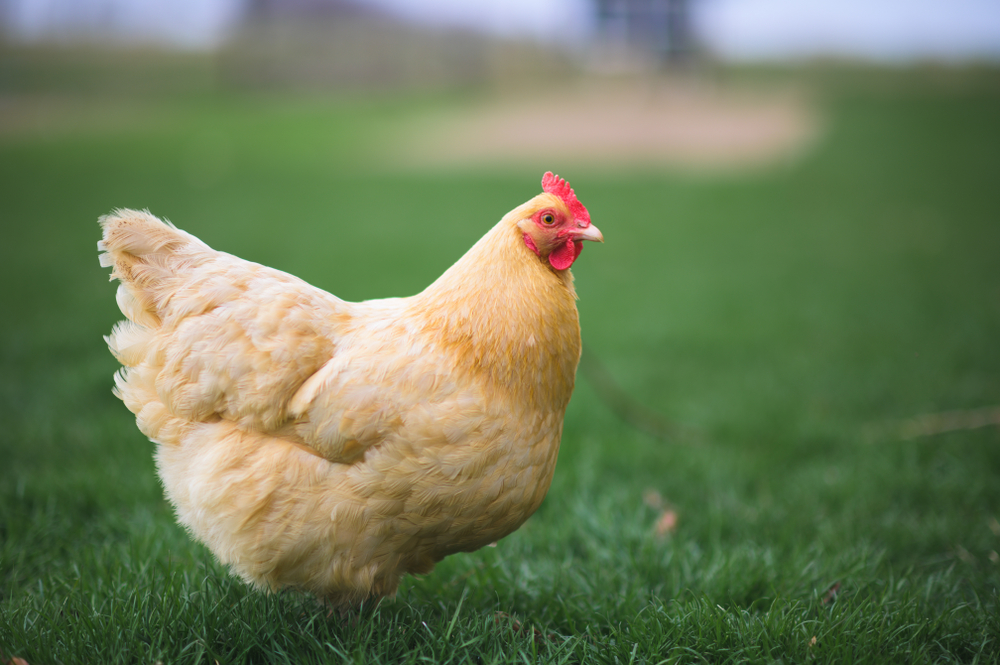
This is one of the most popular breeds for families with children and beginners and my personal favorite. Orpingtons are a heritage breed known as being excellent mothers, making them a great option for those looking to start breeding their own chickens. They have great temperaments in addition to being relatively hardy birds.
The most common color of Orpington is the beautiful golden coloring known as Buff. This dual-purpose breed is also available in black, white, lavender, splash, and the stunning Jubliee Orpington. The Jubliee sports mahogany plumage sprinkled with speckles of black and white, with a bright crimson and emerald sheen.
The docile nature of Orpingtons makes them prone to bullying by more aggressive breeds in the flock. Because of their size, they are unlikely to become prey to hawks. Out of the 20 birds in my flock, every time a fox has attacked, it went after an Orpington. They are seemingly oblivious to what is happening around them, making them incredibly prone to other predator attacks. They benefit significantly from a rooster supervising their free-range time.
Australorps
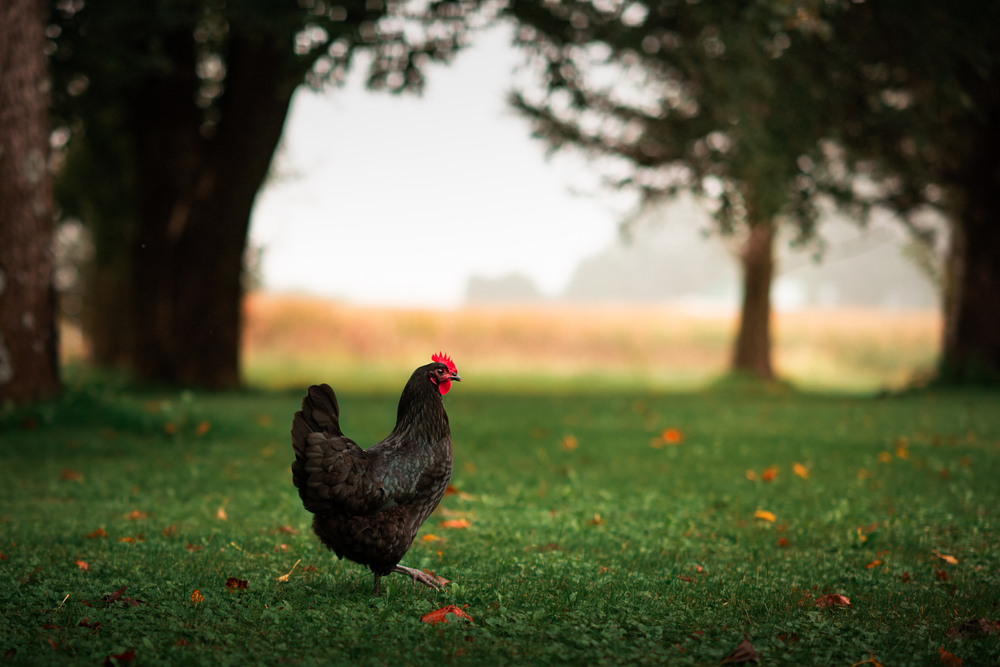
If you like Orpingtons, Australorps will likely appeal to you also!
One of the best chicken breeds for beginners to have in their flock is the Australorp. These friendly, easygoing birds are a delight. They are also very adaptable. They are equally happy free-ranging or hanging out in a predator-proof run.
The Australorp is a large, heavy bird with soft black feathers. It is classified as a heavy, English bird. If you have a child interested in participating in 4H or showing chickens Australorps make the perfect children’s fair project. They are beautiful birds who tolerate lots of handling, and will adapt well to spending a week on display at a county fair.
Australorps are also great egg layers. They will give you an average of 250 eggs/year.
Salmon Faverolle
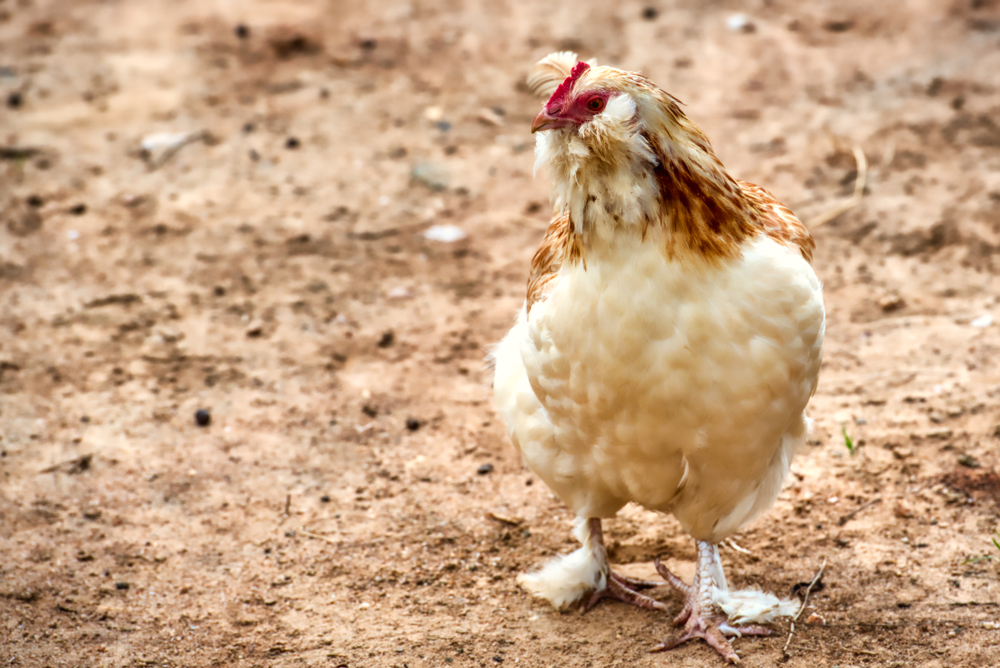
Faverolles chickens are family-friendly favorites who should be in more backyard flocks. They’re heavily feathered and have beards and muffs that make them look toy slightly like. Their comical nature is endearing and makes them a joy to watch and be around. Which is one of many reasons these birds are so popular among those who love interacting with their flock.
Faverolles are happy to spend their days in a run but are also equally at home foraging in the fields – she’s just a very easygoing hen.
Faverolle’s stand out of any flock they are in with their beautiful plumage! Hens feathering features a rich, honey salmon color over the back, head, and wings. With a white/cream-colored breast speckled with salmon. The breast, muff, and lower half of the body are lighter golden/cream colors.
Faverolles are good layers and lay tinted/very light brown, medium-sized eggs. They lay an average of around 180-200 eggs per year/roughly 4 eggs per week.
Cochin
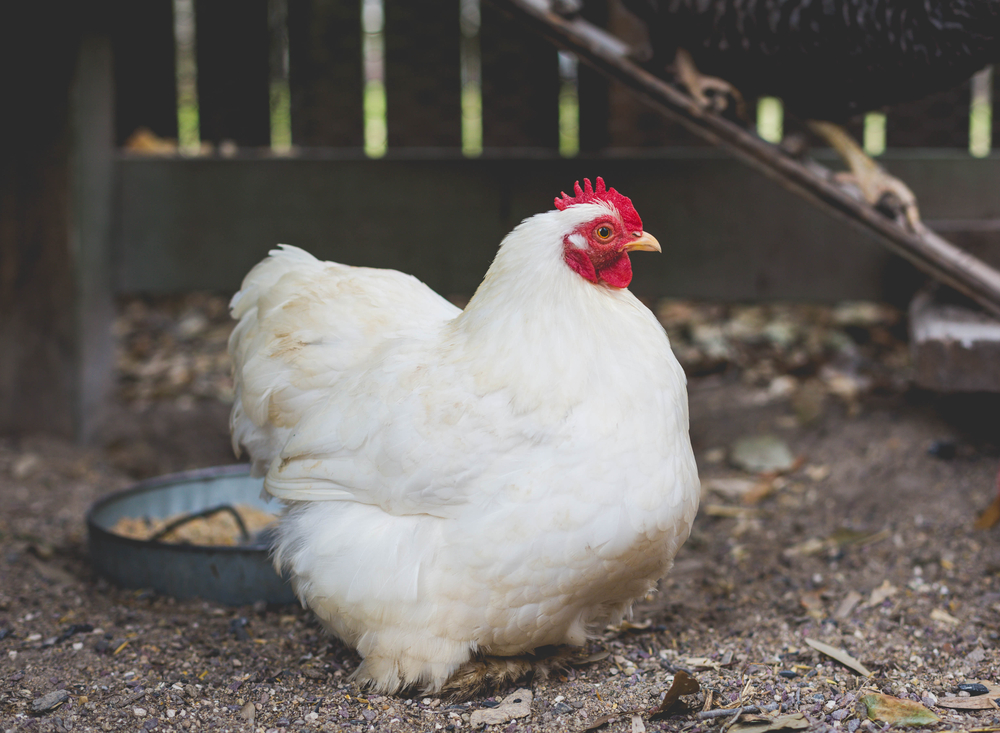
The large, friendly ball of feathers and fluff known as the cochin is well-loved by people worldwide. They are not very good egg producers but make up for it with their sweet personality and fantastic mothering skills. The Chinese breed became famous in England when Queen Victoria and Prince Albert imported one from China in 1847. The Queen was enthralled with her new “exotic” fowl, and it didn’t take long for that Cochin-keeping fad to sweep across Europe.
These large and beautiful Cochin chickens are perfect for families with children who love to care for them. The hens themselves are easy to handle. Cochins maternal instincts are strong, and they’re great mothers who will even foster eggs that need hatching or chicks who need a warm mama hen to brood under.
This docile breed is classified as heavy, with hens weighing in at around 8 lbs! They come in many different varieties, including red, white, black, buff, and partridge. They are cold-hardy but will likely need a little extra care during hot summer stretches, as they are not the most heat tolerant breed.
Jersey Giants
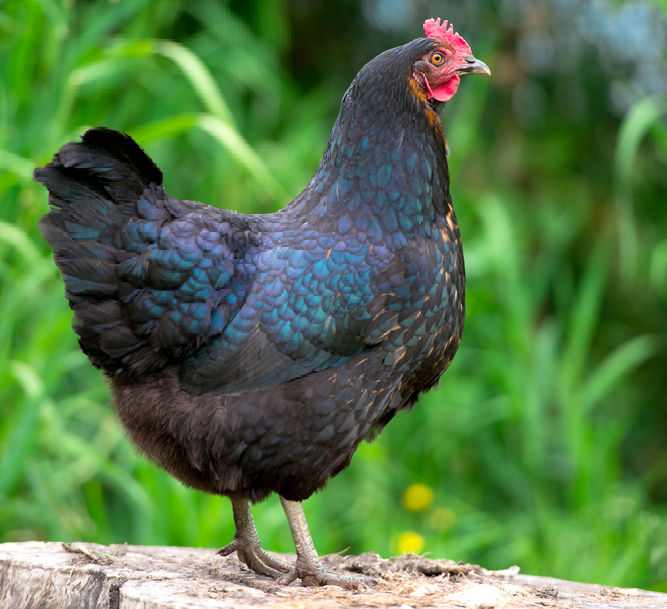
Jersey Giants are big chickens with a mellow personality. They are known for their exceptional size, hens can reach a whopping 10 pounds. These chickens are the epitome of “gentle giants” due to their friendly nature. They get along well with children, but some kids may be intimidated by their size.
Jersey Giants were initially bred in the late 1800s to fill the demand for large roasting birds. Although, around the same time, commercial broad-breasted turkeys became readily available. The Jersey Giant never realized its potential in the meat bird niche, but that’s ok. I think they make better pets!
Once considered critically endangered by the Livestock Conservancy, chicken enthusiasts have brought them back in popularity. They have since been removed from the watch list.
Brahmas
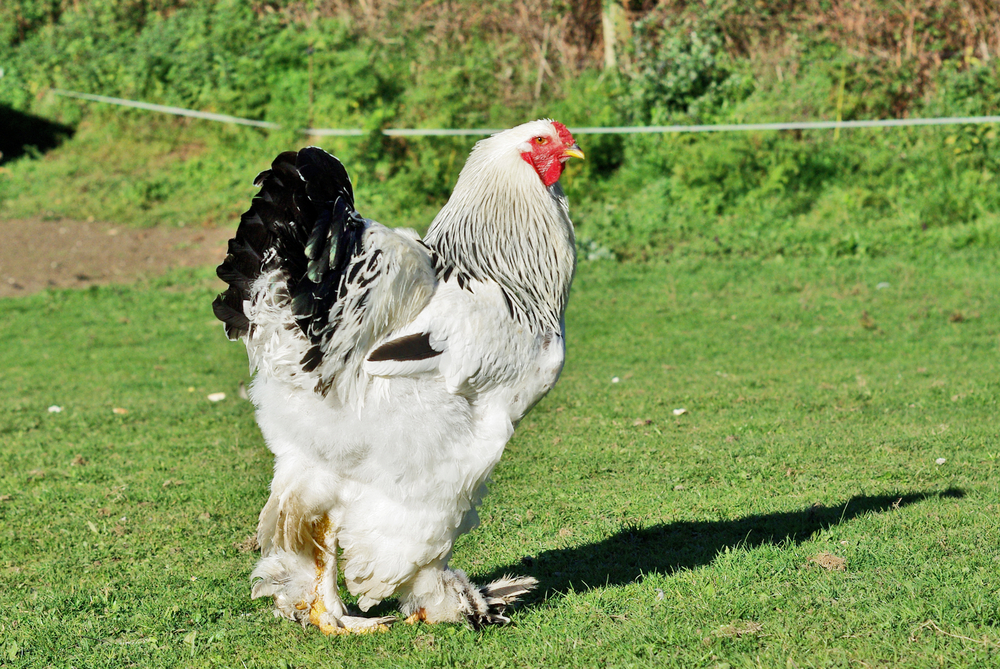
The Brahma chicken is a large bird with the ability to grow up to 30 inches tall, so as you can imagine, they are significant. But don’t let their size fool you; these chickens are calm and docile creatures. Brahmas don’t usually get bullied by more assertive chickens in the flock since most standard-sized birds seem intimidated by their size.
These birds do not fly well either due to their size when they become fully grown. Brahmas thrive in cooler climates. During summer, they will need a little extra attention to keep cool. Ensure they have plenty of shade from trees or bushes near them, and fresh cool water is always available!
Brahmas are very slow to reach maturity and make better pets than layers. It can take up to 7 months for a Brahma hen to lay her first egg. Once she begins laying, she will produce about 3-4 eggs a week. But the good news is that Brahmas are great layers during October to May- when other hens are slowing down for the winter.
Barred Rock
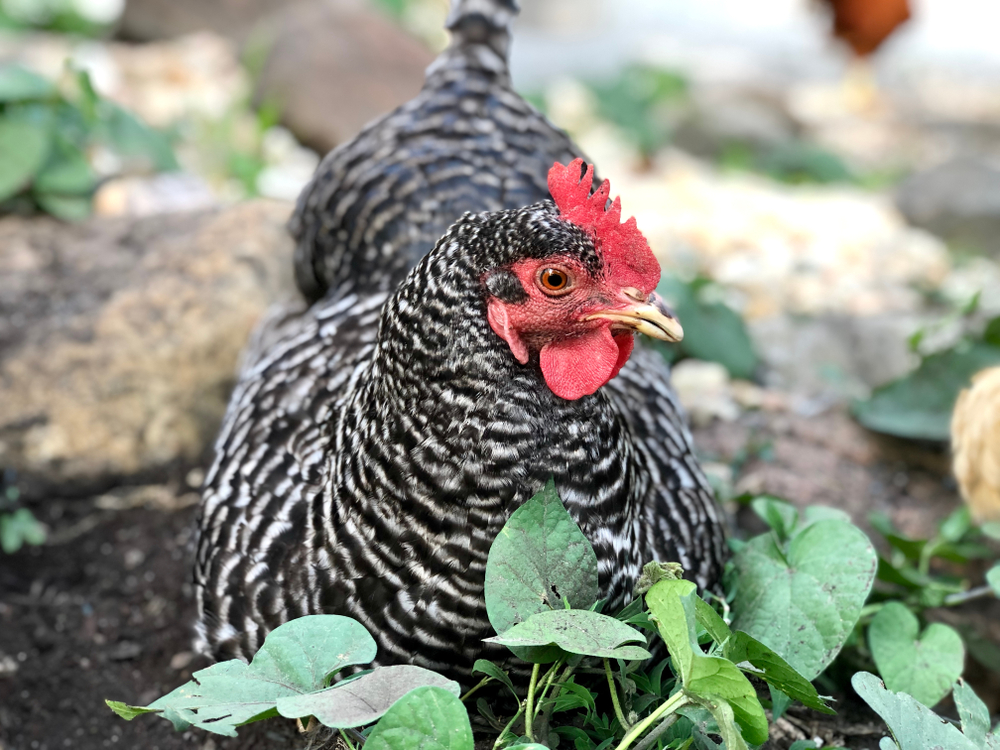
The Barred Rock chicken is one of the most popular chickens in America. They are a fuss-free bird that is hardy, and reliable. They are a sweet and quiet bird that is easy to be around, making them perfectly suited for a small backyard flock.
This Heritage Breed was created by crossing Black Javas and Dominiques in New England around 1869. It was initially a production bird that kept American’s in meat and eggs during WWII.
These black and white striped chickens thrive when allowed to free-range and produce an impressive number of eggs. Unlike many other birds on this list, they aren’t very likely to go broody.
Silkie Bantam
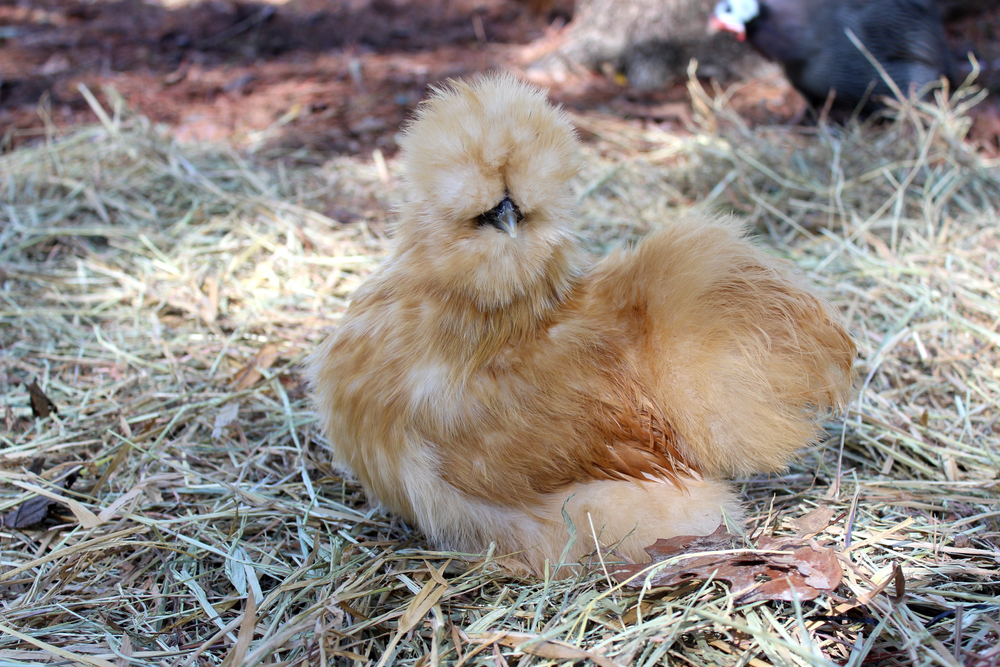
The Silkie Bantam is one of the most well-known and beloved ornamental chicken breeds. These fluffy little creatures are like a “flock” of muppets in your yard! Silkies have feathers that actually look more like soft and fluffy fur and a charming temperament! It’s easy to see why these chickens are so lovable.
Originating from China, today, many families keep them not only because they produce a few eggs but also because they’re entertaining companions. The Silkie Bantam is an adorable chicken with a personality to match. These chickens are characterized by their fuzzy, fluffy feathers and cuddly nature– they love nothing more than jumping up into your lap for snuggles! Over the years, this type of bird has been bred to preserve traits that make it lovable; these include its gentle temperament and small size (for easy handling).
Breeders like silkies for their exceptional mothering skills and willingness to brood chicks and ducklings.
Sussex
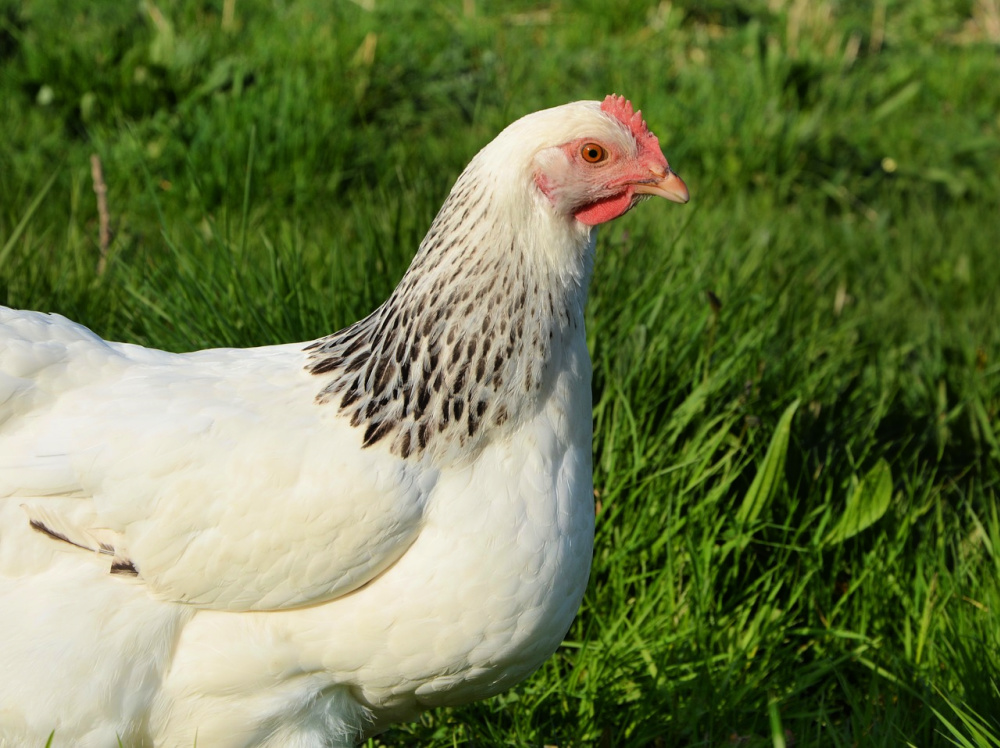
Initially, the Sussex Chicken was a popular heritage breed. But as interest in hybrid egg producers swept through agriculture, they all but disappeared from farms and backyard flocks. Fast forward to today, where this lovely bird is enjoying another resurgence in popularity among those raising backyard chickens for eggs or meat.
If you’re looking for a pretty backyard hen that is kid-friendly, relatively quiet, great at foraging, the speckled Sussex might be right up your alley. These beautiful hens have rich mahogany or snow white base color feathers with stunning white or buff tips, making them stand out from other breeds of chickens.
The Sussex is a dependable layer of eggs that will only stop laying during the molt. The hens are known to broody often and set, but if you can keep them off a nest of eggs you can expect about 250 eggs per year from a Sussex hen.
Pearl Star Leghorn
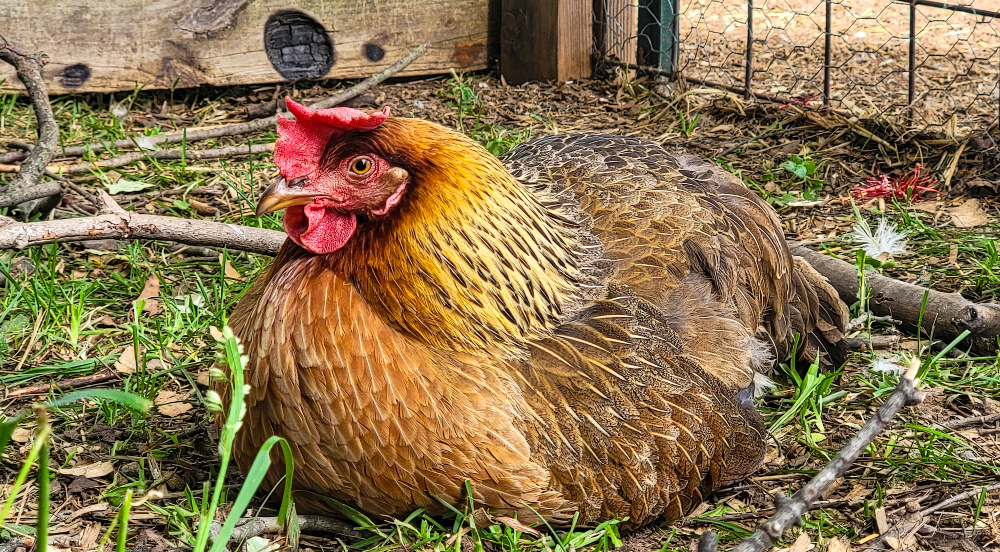
I accidentally stumbled upon this unique breed at Tractor Supply, and honestly, they are one of my favorites! These aren’t really leghorns at all, but rather a cross between Partridge Rocks and Sussex. And somewhat of an anomaly among hybrids.
Pearl Star Leghorns have a sweet disposition and striking variegated feathering. In my experience, these mild-mannered girls can bear the brunt of stronger personalities in the flock. Keep a watchful eye out for these girls. They tend to get bullied. My Pearl Star Leghorns are among the friendliest chicken breeds in my flock, and I have one girl who will seek me out and choose to hang with me instead of her flockmates.
Pearl Star Leghorns are classified as small to medium, with a hen weighing in around 5lbs. They are great egg producers and lay around 220-300 large eggs a year. All of the descriptions I’ve read say that Pearl Stars lay cream-colored eggs, but my girls definitely lay cream eggs with a hint of pink. They might get that from the Sussex parentage, although I am unsure how reliable that trait may be.
I’ve had several of my Pearl Stars go broody, and they are determined sitters. I have no idea how maternal these birds are, but I am considering giving them fertile eggs and will update once I know!
Easter Egger

Easter Eggers makes a beautiful addition to small backyard flocks as they get along well with children and tolerate being held and cuddled.
This is a hybrid bird that lays blue, green, rose, or even brown eggs. It’s impossible to know what color egg your Easter Egger will lay until it lays its first egg. Although the name refers to a holiday basket of colored eggs, your Easter Egger will not lay different colored eggs each time it lays an egg. Whatever color egg it lays first is the color it will continue to lay for a lifetime.
Easter Eggers come in a wide variety of colors and feather patterns. Some have feathered feet, some don’t, some have beards and muffs, while others are without them. These girls are genuinely one of a kind. They don’t lay as much as other birds on this list, but she makes up for it with pretty pastel eggs!
Tips on Raising Docile Chickens
Chickens are not always the most cuddly of creatures, but with a bit of patience and some tasty treats, you can tame them. Generally, chickens enjoy human company as long as they don’t feel threatened by your presence. Spending time with them to gain their trust will go a long way.
Here are a few other tips to help you raise tame and friendly chickens.
- Select a breed known as being friendly and docile. Like the chicken breeds listed here!
- Start Your Flock From Chicks. The best way to raise a friendly flock is to start with chicks. It is far easier to raise chickens to be friendly from the start than to try to retrain an older bird who hasn’t spent meaningful time around humans.
- Spend as Much Time With Them As You Can. Spend time with them every day, several times per day. The more you spend time with them, the more you become a familiar and trustworthy presence in their life.
- Offer them Treats, and Encourage Them to Eat Out of Your Hand. Chickens love treats, and the more time you spend offering your birds a tasty treat, the more your flock will make positive associations with you.
- Consider Keeping only Female Chickens. Roosters are known to become territorial and aggressive. While not every rooster will become mean, aggression typically becomes apparent in cockerels when they reach puberty. Sexual maturity brings with it a whole lot of testosterone, which can turn your sweet little cockerel into an attack bird, seemingly overnight.
- Keep Your Flock Safe from Predator Attacks. Nothing is more stressful on a flock than dealing with predator attacks. A single fox attack can leave the flock feeling scared and at-risk and make your once content flock flighty and agitated.
This list of the most docile and friendliest chicken breeds is sure to help you find your perfect pet. Whether you want a bird who doesn’t mind being handled or one that will follow you around your yard, there’s a breed for every personality type. Keep your chickens happy by providing plenty of space for them to roam, fresh food and water daily, and lots of love, and you will have an enjoyable content flock! Which breed would you choose? Let me know in the comments!

